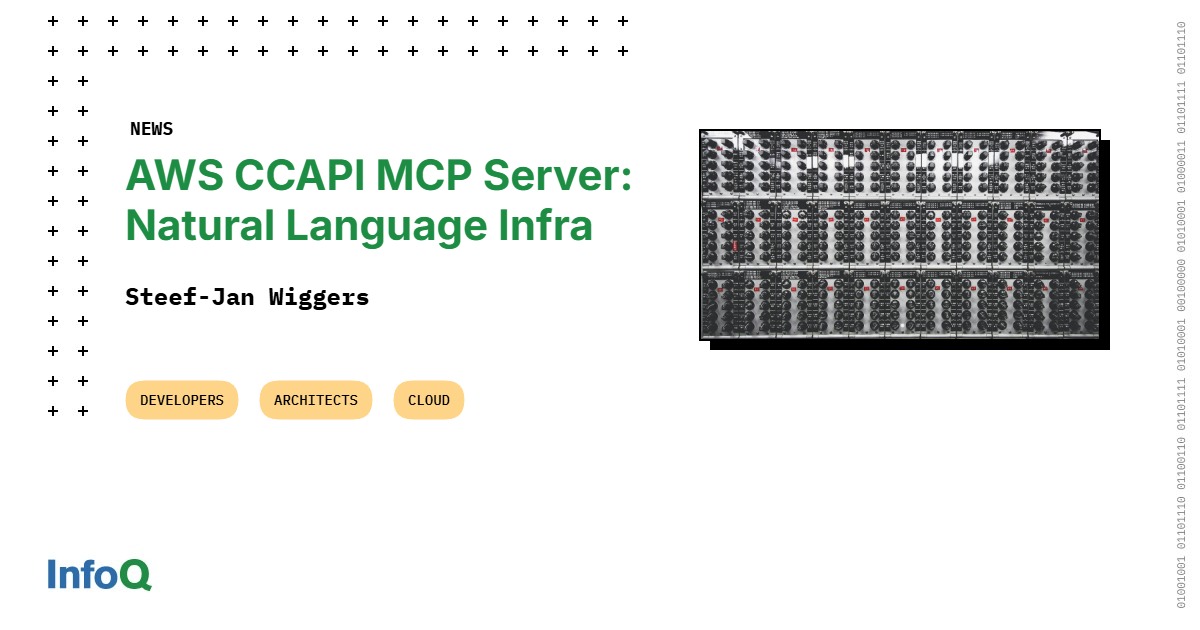The advance of AI entails the growth of technologies and innovations related to it very directly. Sometimes, these novelties not only get artificial intelligence to advance in itself, but also benefit companies and individuals who use AI and allow them to optimize a part of their daily tasks. It also gives them the opportunity to improve their results in all types of research and production activities, as well as when providing certain services.
Among these innovations, Gartner has identified the four most prominent of this year, which are precisely those that the consultant expects that during the next five years they reach a generalized level of adoption, since everything suggests that they will allow generating applications of the most robust, innovative and responsible.
These innovations are IA multimodal; the Trust, risk and safety management of AI (Trism)los AI agents and the data prepared for AI. Of these, the first two are the ones that are awakening the most expectations for the future of artificial intelligence in the short and medium term.
IA multimodal y AI TRiSM
The multimodal AI models are trained at the same time with different types of data, such as images, video and audio, in addition to the text. As a result, models, being able to integrate and analyze different data sources, can better understand complex situations than models that only train with a type of data.
In this way, users and organizations that use these models have additional roads for the application of AI, and the multimodal AI will have more and more relevance so that the capacities of all applications and software tools from all sectors can advance in the next five years.
AI TRISM is a solution that is responsible for facilitating companies management associated with the adoption of AI solutions. Also to make this technology more reliable and get better results. It is the abbreviation of AI Trust, Risk and Security Management, and includes a set of techniques and strategies carried out by a specialized team to ensure trust, reduce the risks to a minimum and guarantee security management when using AI systems.
It offers a vision at the general level of the situation of adoption of AI in the company through real -time reports and analysis, with whose results informed decisions and more data to manage risks can be made. And also do it proactively. Therefore, AI Trism has a prominent role in the ethical and safe implementation of AI.
It comprises four layers of technical capacities, which have as its end the support of business policies for the cases of use of AI, which also contribute to facilitating governance, reliability, equity, security, privacy and protection of data used to work with AI.
AI agents and data prepared for her
As for AI agents, they are software entities, which can be autonomous in a complete or partial wayand They use AI techniques To perceive, make decisions, act and achieve objectives in digital or physical environments in which they operate.
The organizations that adopt them, through the use of different practices and artificial intelligence techniques, such as large language models, can use them in all types of tasks, even in which they have an elevated level of complexity.
Of course, to take advantage of their advantages, companies have to determine the company’s contexts and the most relevant use cases for them, since the agents are different in each case, and each situation requires one or another action on their part. It must also be taken into account that they cannot be used in all cases, so their use will depend on the requirements of each situation.
As for the data prepared for AI, having them guarantees that they are optimized for concrete use with artificial intelligence applications. In this way it is possible to improve its precision and efficiency. The preparation of the information is determined by the ability of the demotra data that are suitable for specific use cases.
It can only be established whether or not the data is prepared for AI in the context of the case of use and the technique of employee, which makes companies have to adopt new approaches to manage them and get them to be optimized.
Therefore, companies that are going to invest in large scale, or are already doing it, also have to do in many cases changes in their data management practices and abilities to adapt them to AI and expand them. In this way, the needs of the companies will be met not only for the current time, but also for the future. In addition, they will avoid risk problems and compliance with regulations, preserving intellectual property and reducing both biases and hallucinations.










